Serpent Viper 990 1/8 GP chassis
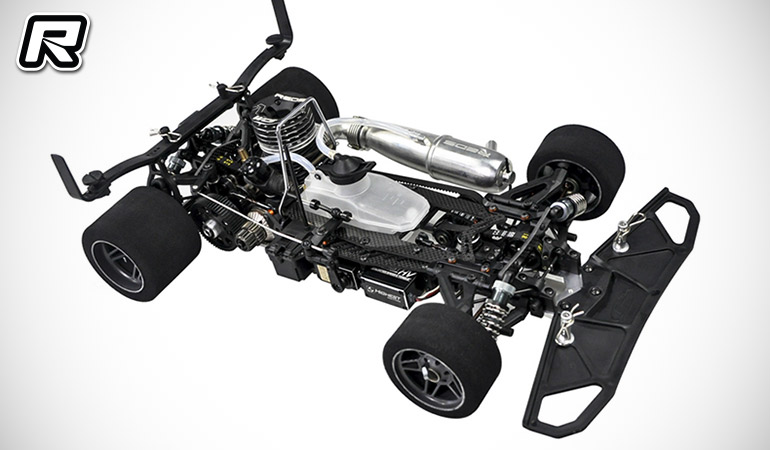
Serpent have announced the release of the Viper 990, the successor of the successful 989. The team have spent a lot time testing and development to improve the 989 platform and have put a lot of emphasis on the flex characteristic since that showed very promising results. The main new features include the ultra-narrow chassis which has been milled down to allow the lower radio plate as well as to improve flex. The central hole underneath the tank is narrower, as a consequence of the narrower chassis and so the central weight bridge is now mounted from underneath and allows for a quick change of the weight. The front weight bridge is now also mounted from the bottom to allow easy access to the weight and is now also adjustable from the bottom. There are 2 additional locations to put a small weight, just behind the servo-saver and in front of the engine. The engine has been lowered 1mm for improved flex as well to lower the CG.
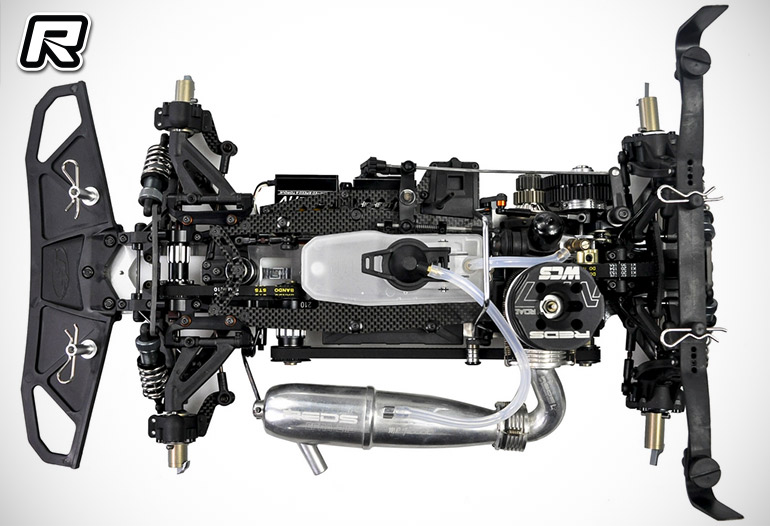
The radio plate has been lowered by 2.5mm and the shape has been changed. The front of the car can be adjusted to more flex by removing the front stiffener bracket, while an even softer option would be to remove the 2 front screws. The rear of the car is also adjustable regarding flex. The regular rear end features the proven one-piece rear plate but as an option it is also possible to use a softer rear end using an optional 2-piece rear plate.
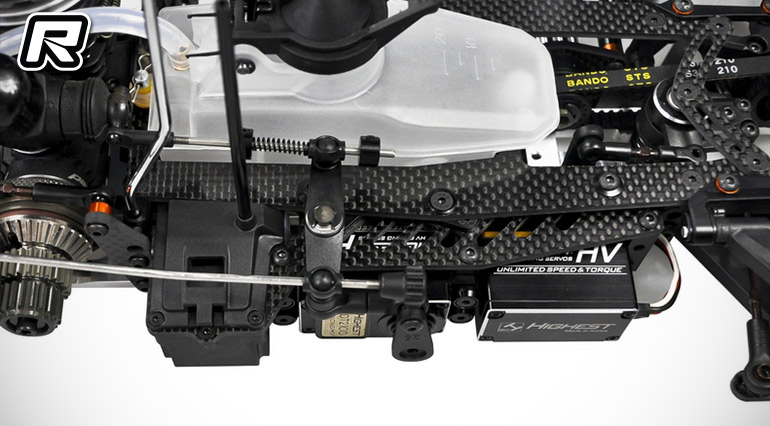
The radio-box is completely new. The ‘backbone’ of which is a carbon plate and aluminium frame. The aluminium servo mounts are eccentric and can be mounted in 2 ways to adjust them to the brand of servos. The receiver box is also more spacious than the one used in the 988, yet still it is very compact. It provides enough space even for older type receivers plus the transponder. This new box is mounted to the radio plate in a flexible way so as not to influence the flex of the car. The extending arm of the frame helps to keep the radio box in the desired position without influencing flex.
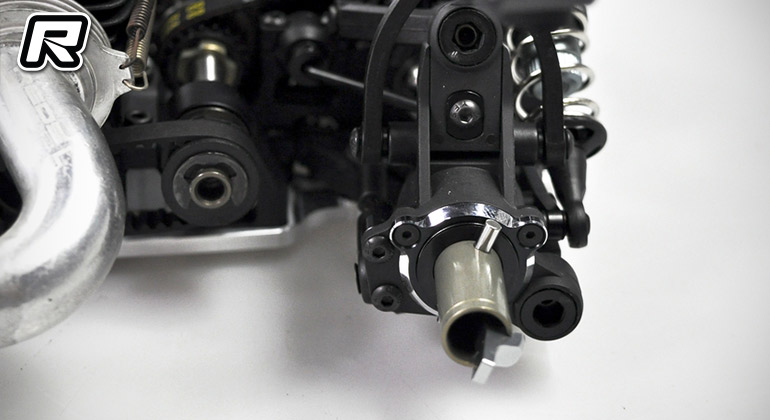
The rear end is completely new. It features a new design to allow an re-active toe-change as well as avoid any binding at all. By changing the position of the link the amount of toe-gain under compression can be adjusted. Since the upper link is replaced by a suspension arm, they also changed the upper pivot on the upright. It is now super easy to adjust the correct camber. The height of the pivot ball is adjustable by changing the aluminium insert for 3 different positions. The upright carries an aluminium insert where the ball bearings of the wheel axle sit. In that way they can achieve the perfect roundness even under load to achieve the least friction of the transmission possible. In this way it is also really easy to remove the wheel axle/driveshaft for maintenance.
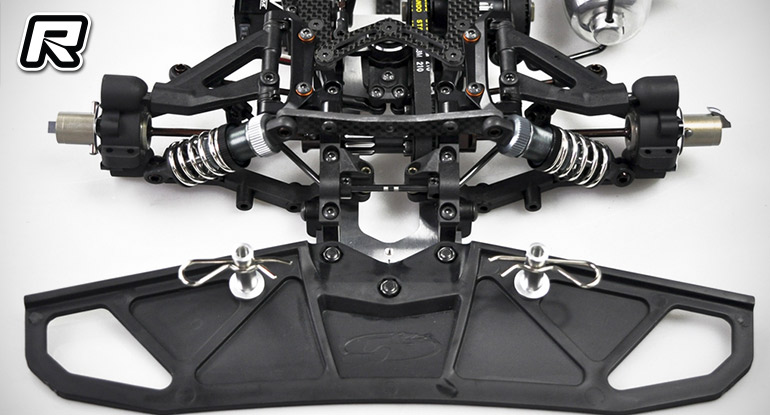
The front steering-block features a similar construction. The aluminium insert gives the same advantages as in the rear with improved drivetrain effectivity and improved ease of maintenance. But because this insert is eccentric, it is also possible to change the roll-centre as well las using a trailing or leading set-up. Of course the steering-blocks are still left/right symmetrical and can be used with option1 as well as option2 levers. The front upper suspension bracket now has an improved design that provides a better placement to avoid camber or caster irregularities by using bushings. And finally, the new lighter 2-speed shaft is 10g lighter and features a super-true mounting of the 18T pulley adapter.
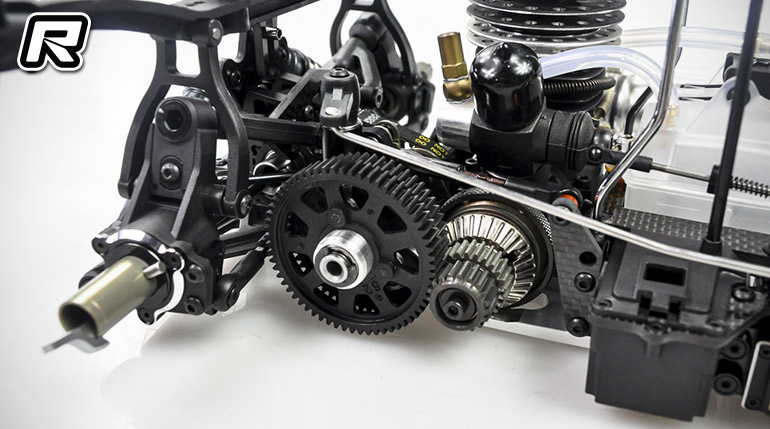
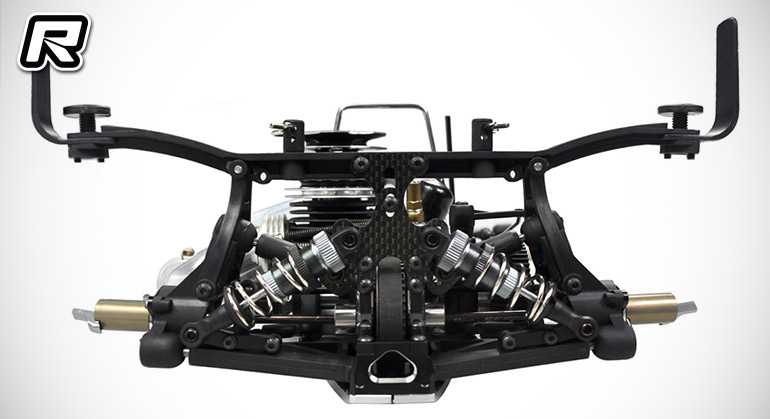
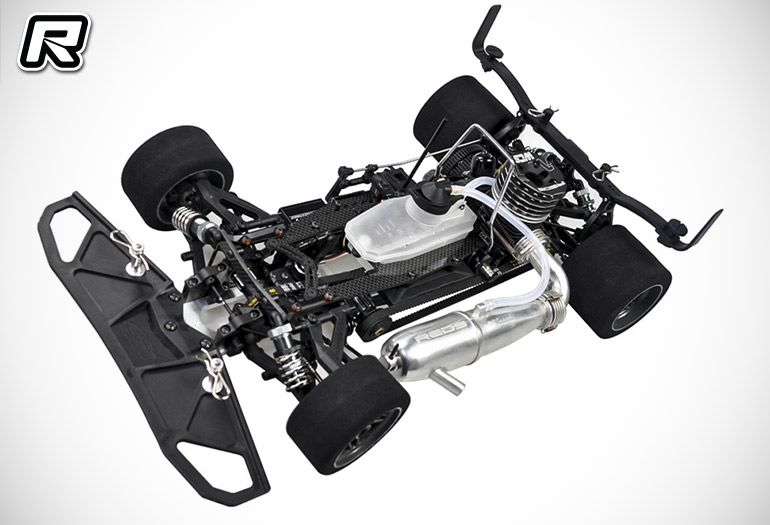
Source: Serpent [serpent.com]






